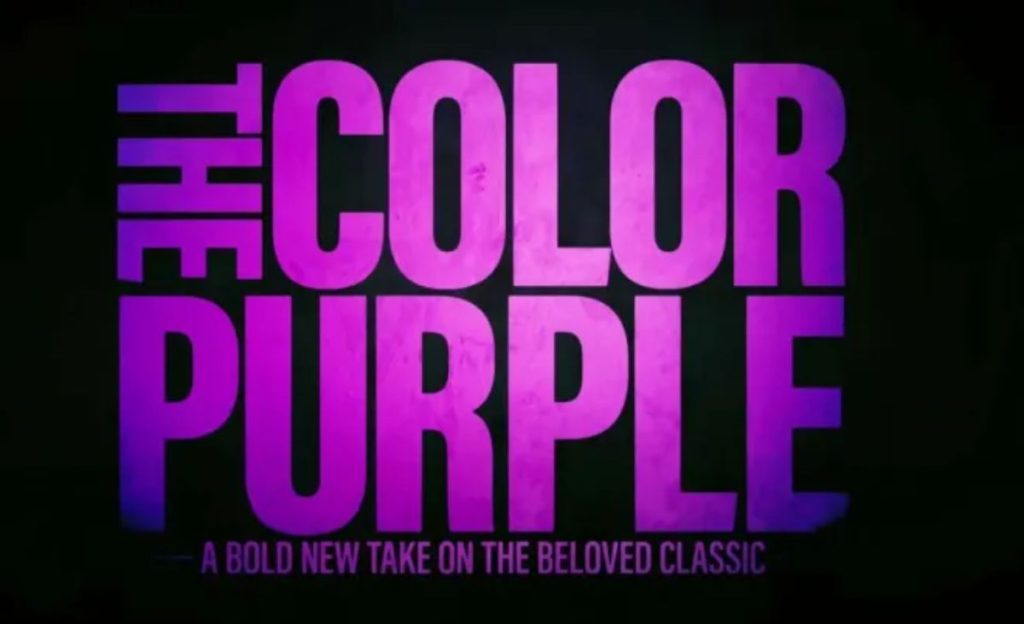
Introduction
In the vast spectrum of colors that adorn our world, purple stands out as a hue of mystery, royalty, and depth. Its significance transcends mere visual appeal, delving into realms of symbolism, culture, and emotion. From its depiction in literature to its portrayal on the silver screen, the color purple has woven itself into narratives that resonate deeply with audiences worldwide.
The Novel: “The Color Purple” by Alice Walker
Alice Walker’s Pulitzer Prize-winning novel, “The Color Purple,” serves as a cornerstone in exploring the significance of the color purple. Set against the backdrop of early 20th-century America, the story follows Celie, a young African-American woman, as she navigates through oppression, abuse, and self-discovery. Throughout the narrative, the color purple emerges as a symbol of transformation, resilience, and empowerment.
Celie’s journey is intertwined with various shades of purple, symbolizing her evolution from a state of repression to one of liberation. Initially, purple represents sorrow and suppression, reflecting Celie’s bleak existence under the tyranny of Mister. However, as the narrative progresses, the color transforms into a beacon of hope and empowerment, signifying Celie’s newfound strength and identity.
The Film Adaptation: Spielberg’s “The Color Purple”
In 1985, Steven Spielberg brought Walker’s poignant tale to the silver screen with his adaptation of “The Color Purple.” Starring Whoopi Goldberg as Celie, Oprah Winfrey as Sofia, and Margaret Avery as Shug Avery, the film garnered critical acclaim for its powerful performances and faithful portrayal of the novel’s themes.
Spielberg masterfully utilizes the color purple in his adaptation, capturing its symbolic resonance with precision. From the lush landscapes to the characters’ attire, shades of purple infuse the film with a sense of vibrancy and symbolism. Through Spielberg’s lens, the color becomes a visual metaphor for the characters’ resilience, endurance, and eventual triumph over adversity.

The Musical: Broadway’s “The Color Purple”
In 2005, “The Color Purple” found new life on Broadway with a musical adaptation directed by Gary Griffin and produced by Scott Sanders. Featuring a score by Brenda Russell, Allee Willis, and Stephen Bray, the musical received widespread acclaim for its soul-stirring music and dynamic performances.
Onstage, the color purple takes on a life of its own, immersing audiences in a world of passion, heartache, and redemption. Through stirring musical numbers and evocative choreography, the production celebrates the indomitable spirit of its characters, paying homage to Walker’s timeless tale of resilience and sisterhood.
Beyond the Pages and Screens: Purple in Everyday Life
Beyond its literary and cinematic portrayals, the color purple holds a special place in everyday life, symbolizing creativity, spirituality, and individuality. Whether adorning fashion runways, interior décors, or works of art, purple continues to captivate and inspire people across the globe.
In fashion, purple is often associated with luxury and sophistication, gracing haute couture designs and red carpet ensembles alike. Its versatility allows it to transition seamlessly from bold statement pieces to subtle accents, adding a touch of elegance and allure to any wardrobe.
Moreover, purple holds significance in various cultural and spiritual contexts, representing wisdom, enlightenment, and introspection. From the majestic robes of royalty to the serene hues of twilight, the color’s presence evokes a sense of awe and reverence, transcending linguistic and cultural boundaries.
Conclusion: The Enduring Legacy of Purple
In conclusion, the color purple transcends its visual allure, embodying a spectrum of emotions, meanings, and experiences. From the pages of Alice Walker’s novel to the grandeur of Spielberg’s film adaptation, purple serves as a powerful symbol of resilience, empowerment, and hope.
As we navigate the complexities of life, let us embrace the radiant hues of purple as a reminder of our inherent strength, creativity, and capacity for transformation. Like Celie and her fellow characters, may we draw inspiration from the depths of purple’s symbolism, forging our paths with courage, grace, and unwavering resolve. In a world colored by adversity and triumph alike, may the hue of purple continue to illuminate our journeys with its timeless beauty and profound meaning.



